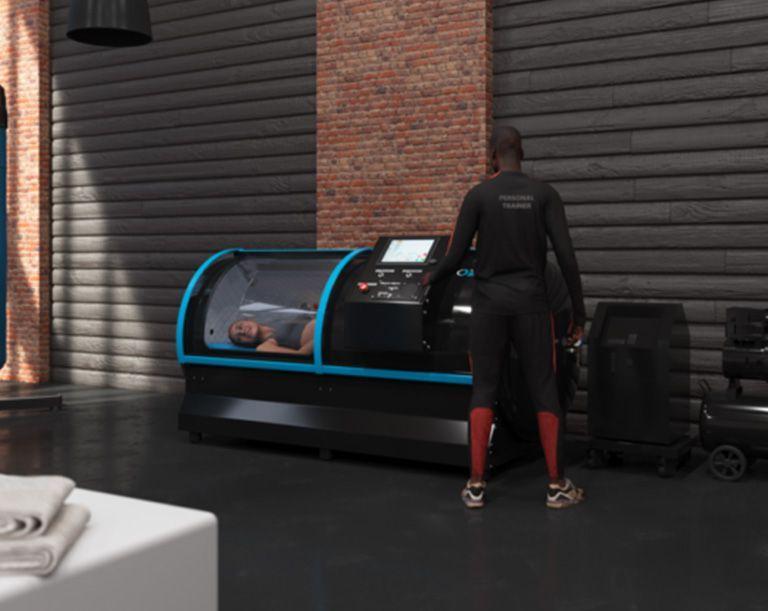Introduction
In the quest for innovative and non-invasive approaches to enhance our well-being, photobiomodulation therapy, often referred to as PBM therapy, has emerged as a promising and fascinating field. This cutting-edge treatment utilizes the power of light to promote healing and reduce pain in various medical and cosmetic applications. In this blog, we will delve into the fundamentals of photobiomodulation therapy, exploring what it is and how it works to benefit both our physical and mental health.
Photobiomodulation Therapy: A Primer
Photobiomodulation therapy involves the use of low-level laser or light-emitting diodes (LEDs) to stimulate biological processes within the body at the cellular level. This therapy, sometimes known as low-level laser therapy (LLLT), cold laser therapy, or red light therapy, uses specific wavelengths of light to interact with cells and tissues, ultimately enhancing their function. This is achieved without causing damage, making PBM therapy a non-invasive and safe approach to improve a variety of conditions.
How Photobiomodulation Works
At its core, photobiomodulation therapy harnesses the power of light to elicit beneficial biological responses. Let’s delve into the mechanisms behind this remarkable treatment:
- Cellular Energy Production: The primary effect of PBM therapy occurs in the mitochondria, the energy powerhouses of our cells. When exposed to specific wavelengths of light, particularly in the red and near-infrared spectrum, the mitochondria become more efficient at producing adenosine triphosphate (ATP), which is the body’s primary source of energy. This boost in ATP production enhances cellular function and, in turn, accelerates the healing and repair processes in the body.
- Improved Blood Circulation: Light therapy has the ability to promote the release of nitric oxide, a molecule that relaxes blood vessels, thus increasing blood flow. This heightened circulation is vital for nourishing tissues and removing waste products, contributing to reduced inflammation and faster healing.
- Reduced Inflammation: Inflammation is a common factor in many health issues, from chronic pain to skin conditions. PBM therapy has been shown to reduce inflammation by inhibiting pro-inflammatory molecules, thereby alleviating pain and enhancing the healing process.
- Enhanced Collagen Production: Collagen is a key structural protein in our skin, contributing to its elasticity and youthful appearance. Photobiomodulation therapy stimulates fibroblast activity, promoting collagen production. This can be beneficial for skin rejuvenation and the treatment of scars and wounds.
Applications of Photobiomodulation Therapy
Photobiomodulation therapy has a wide range of applications, both in medical and cosmetic fields. Here are some areas where it has shown remarkable promise:
- Pain Management: PBM therapy is used to alleviate various types of pain, including chronic pain, arthritis, and musculoskeletal injuries. By reducing inflammation and promoting tissue repair, it can provide an effective and drug-free option for pain relief.
- Wound Healing: PBM therapy accelerates wound healing, making it beneficial for post-surgery recovery, diabetic ulcers, and even sports injuries. The increased collagen production and improved circulation play key roles in this regard.
- Skin Health: In the cosmetic industry, PBM therapy is employed for skin rejuvenation, reducing fine lines, wrinkles, and acne scars. The stimulation of collagen production enhances skin elasticity and overall appearance.
- Hair Regrowth: PBM therapy has also been investigated for its potential in promoting hair regrowth in individuals experiencing hair loss, including conditions like alopecia.
- Cognitive Function: Preliminary research suggests that PBM therapy may have a positive impact on cognitive function and may be used in the future as a potential treatment for neurodegenerative conditions like Alzheimer’s disease.
Conclusion
Photobiomodulation therapy is a fascinating and rapidly evolving field that offers a non-invasive and versatile approach to improving health and well-being. By harnessing the power of specific wavelengths of light to stimulate cellular processes, PBM therapy has shown immense potential in various applications, from pain management and wound healing to skin rejuvenation and cognitive enhancement.
As the scientific community continues to explore the vast potential of PBM therapy, it’s essential to consult with healthcare professionals and trained practitioners to determine the most suitable and effective treatment plan for individual needs. In the ever-expanding realm of health and wellness, photobiomodulation therapy stands as a shining example of how light can be harnessed to illuminate our path to improved physical and mental well-being.




